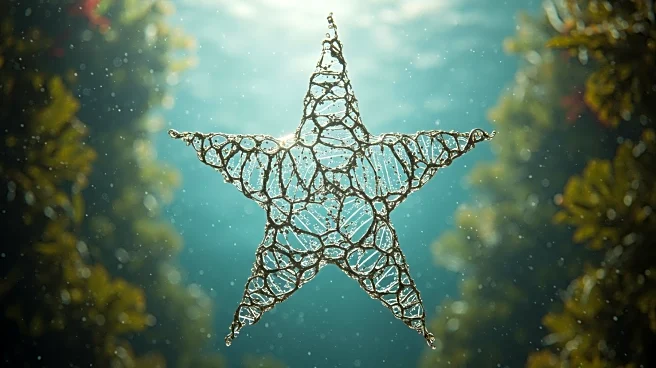What's Happening?
A study has revealed genetic variation in the brooding brittle-star Amphipholis squamata, suggesting it is a hybrid polyploid complex. Researchers used exon-capture and transcriptome data to show that the nuclear genome comprises multiple divergent expressed components, indicating hybridization and polyploidy. The study highlights the genetic complexity of brittle stars, including their ability to regenerate lost limbs, and challenges previous notions of marine species isolation.
Why It's Important?
The findings provide new insights into marine life evolution and regeneration, emphasizing the deep sea's role as a connected ecosystem. Understanding the genetic basis of regeneration can inform research on tissue repair and regenerative medicine. The study also underscores the importance of museum collections in providing valuable data for scientific research, emphasizing the need for international collaboration in marine conservation.
What's Next?
Further research is needed to explore the genetic mechanisms behind regeneration and the factors influencing marine biodiversity. Conservation strategies may need to focus on protecting these interconnected ecosystems from environmental threats. The study also opens avenues for exploring the genetic basis of marine life adaptations and resilience, potentially informing future studies on marine biodiversity and conservation.
Beyond the Headlines
The study highlights the scientific value of museum collections, demonstrating how preserved specimens can unlock new knowledge about the planet's past and help shape its future. The connectivity of deep-sea ecosystems may influence global marine policies and conservation strategies, emphasizing the need for international collaboration in protecting marine biodiversity.















